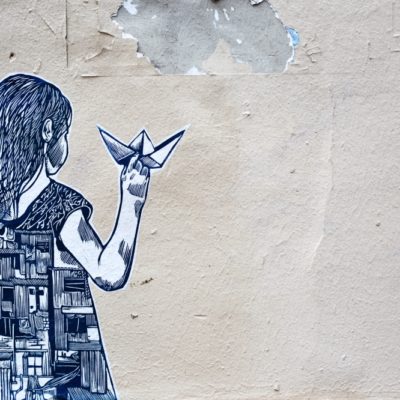There is no doubt that violence against women is a worldwide epidemic. In recent years, violence against women has increasingly grabbed media headlines, attracting the attention of high profile celebrities, influencers and governments alike. The popularisation of the #metoo movement in 2017 has helped to demonstrate the scale of the problem, highlighting the vulnerability of women across all levels of society and in both high income and developing countries. That women all around the world continue to face such high levels of violence is completely unacceptable.
Today, on the International Day for the Elimination of Violence against Women, we reflect on the persistently high levels of violence against women and girls in South Africa.
While the scale and impact of violence against women varies across different countries and contexts, the factors that contribute to sustaining and exacerbating this form of violence typically stay the same: power, conflict,traditional and customary practice, and ineffective rule of law. In South Africa, recent waves of violence against women have shone the spotlight on one of the most extreme forms of violence – femicide – “the killing of a woman or girl, in particular by a man and on account of her gender.”The World Health Organisation (WHO) ranks South Africa 4th out of 183 countries when it comes to femicide.
South Africa has struggled with violence against women for decades. However, the most recent wave of femicide attacks, including the rape and murder by a post office employee of 19 year-old Uyinene Mrewtyna in August when she attempted to collect a parcel, led to calls for a national shutdown and public outcries for reform. Such attacks have also targeted female children in South Africa. In September this year, schoolgirl Janiko Mallo, 14 years old, was found dead after being raped and beaten on her way home from school.
Newly released South African Police Service figures highlight that one woman is murdered every three hours in South Africa. Many of these women are assaulted and raped before their death. Their bodies are often disposed of in the bush or in shallow graves or burned beyond recognition. Rape and sexual assault against women and girls is also prevalent. 41,583 rapes and 7,437 sexual assaults were reported to the police during 2018/19, although this is not broken down by gender. Estimates indicate that only 5% of all attacks are reported to the police throughout the country, meaning that the real figures on sexual violence against women and girls in South Africa are significantly higher.
South Africa’s President, Cyril Ramaphosa, has come under intense pressure in recent months to address the high and persistent levels of violence against women and girls. In September, during large-scale protests following Uyinene Mrewtyna’s murder, the President addressed the nation, announcing an Emergency Action Plan focused on behavioural change and prevention education, gender sensitivity training for law enforcers, and the establishment of 11 new Sexual Offences courts. An emergency sitting of parliament was also called to discuss femicide and gender-based violence (GBV), during which the President compared the levels of violence against women and girls in South Africa to countries that are at war. Former opposition leader, Mmusi Maimane, declared that national legislation was ‘out of touch’ and not up to the task of protecting South Africa’s women and children. Maimane ended his speech with a call for a non-partisan effort to eradicate GBV.
Out-dated legislation, poor rule of law and insufficient access to justice are all areas that require urgent reform. For South Africa to move forward, women and men must work together to tackle the issue of violence against women and girls. This form of violence poses a significant threat to the stability of the country, destabilising communities and undermining the economic power of women. The problem needs to be addressed holistically, not only by government but also by civil society actors, community and tribal groups, the private sector and research organisations. Efforts to strengthen law enforcement and access to justice must be met at the ground level through initiatives to improve community prevention and change the traditional and cultural behaviours associated with violence against women and girls.
Ultimately, women and girls will only start to increase their reporting and speaking out against violence when they feel supported, both by their communities and the legal system. A critical first step will be to substantially change the service culture at South Africa’s police stations, ensuring those reporting rape and other forms of GBV are assisted by specially trained police officers with access to the right equipment and referral systems.
Image: South African Government, Flickr, CC BY-ND 2.0

